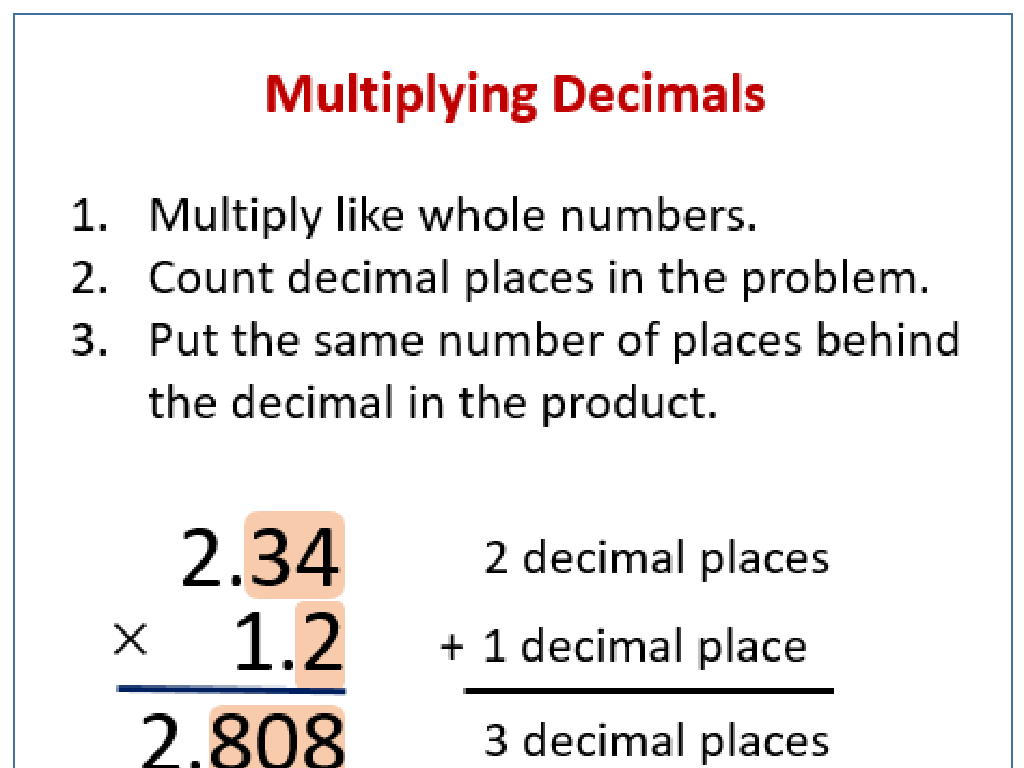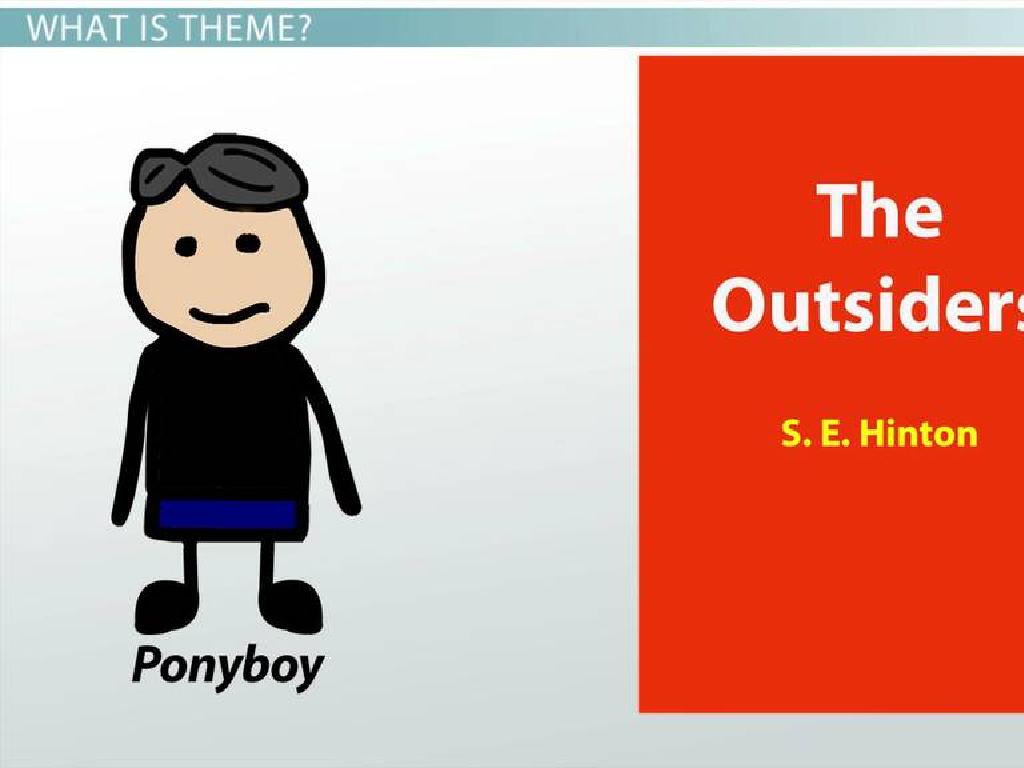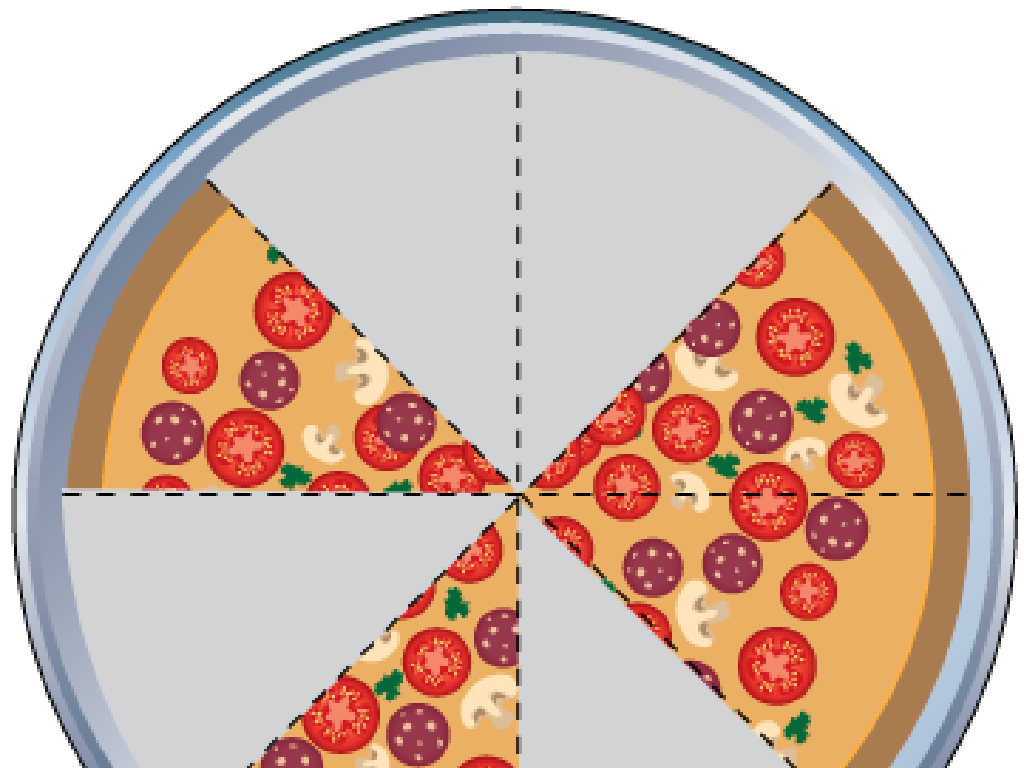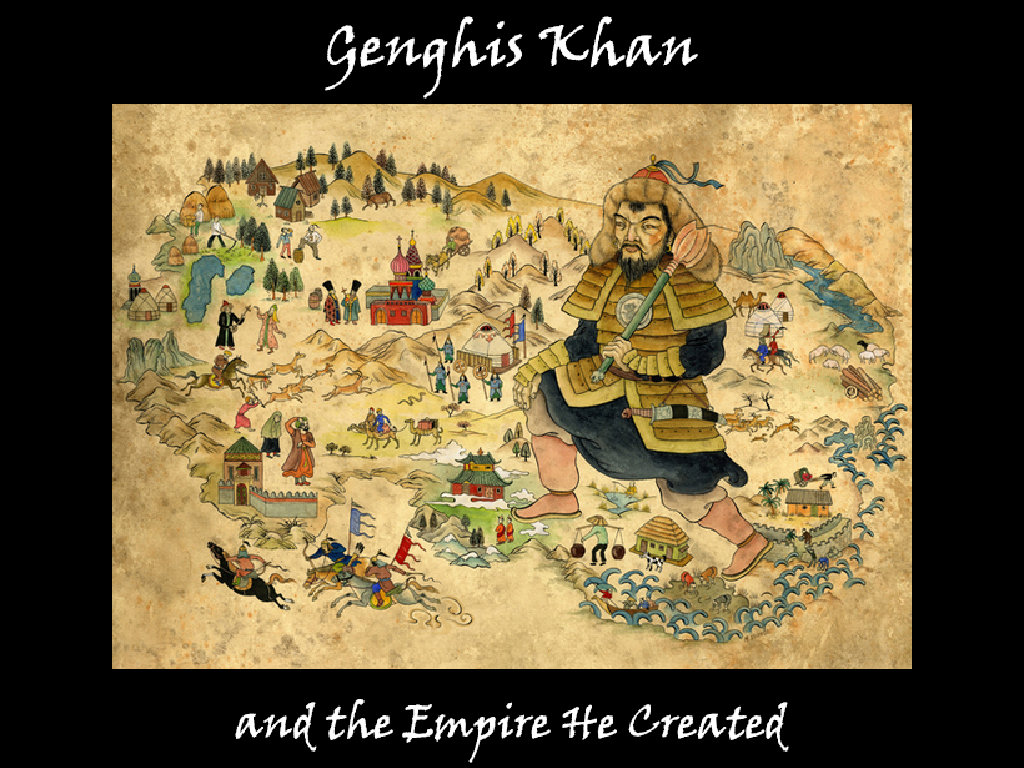Order Topics From Broadest To Narrowest
Subject: Language arts
Grade: Eighth grade
Topic: Expository Writing
Please LOG IN to download the presentation. Access is available to registered users only.
View More Content
Introduction to Expository Writing
– Define Expository Writing
– A form of writing that explains or informs
– Purpose of Expository Essays
– To inform, explain, or describe a topic
– Expository Writing in Daily Life
– News articles, manuals, textbooks
– Structuring Expository Texts
– Organize from broad to specific topics
|
This slide introduces students to the concept of expository writing, a key component of their Language Arts curriculum. Begin by defining expository writing as a genre that aims to inform or explain a subject to the reader. Emphasize that the primary purpose of an expository essay is to clearly convey an idea or process to the reader without requiring the writer’s opinion. Provide relatable examples such as news articles, instruction manuals, and textbooks to illustrate where they might encounter expository writing in their daily lives. Lastly, discuss the importance of structuring expository texts effectively, starting with the broadest ideas and narrowing down to more specific points, which helps in creating a logical flow that is easy for the reader to follow. Encourage students to think of topics they encounter daily that could be explained using expository writing.
The Importance of Order in Expository Writing
– Significance of order in writing
– Order guides the reader through your ideas logically
– Organizational methods for writing
– Chronological, cause and effect, compare and contrast, etc.
– Broad to narrow: focusing your topic
– Start with a general idea and gradually get more specific
– Enhancing clarity and understanding
|
This slide aims to highlight the importance of structure in expository writing. Order is crucial as it helps convey the writer’s message in a logical and coherent manner, guiding the reader through the text. Discuss different organizational strategies such as chronological order, cause and effect, and compare and contrast, which can be used to structure the writing effectively. Emphasize the technique of starting with broad concepts and progressively narrowing down to specific details, which helps in maintaining focus and depth in writing. Encourage students to practice this ‘zooming in’ approach to enhance clarity and aid readers’ understanding.
Expository Writing: Understanding Broad Topics
– Characteristics of broad topics
– Broad topics cover vast subjects without much detail
– Examples of broad expository topics
– ‘Technology’s impact on society’ or ‘Climate Change’
– Challenges in broad topic writing
– It’s difficult to cover all aspects in depth
– Narrowing down broad topics
– Use subtopics to focus the discussion
|
This slide aims to help students grasp the concept of broad topics within expository writing. Broad topics are those that encompass wide-ranging subjects and can be overwhelming due to their scope. For example, ‘Technology’s impact on society’ is a broad topic because it can include various subtopics like social media, AI, privacy, etc. The challenge for writers is to provide a comprehensive overview without getting lost in the vastness of the subject. To manage this, students should learn to narrow down broad topics by focusing on specific aspects or subtopics, which allows for more detailed exploration and a more manageable writing process. Encourage students to brainstorm broad topics and practice narrowing them down as a class activity.
Narrowing Down Your Topic in Expository Writing
– Techniques to refine a broad topic
– Use questions like who, what, when, where, why, and how to focus your topic.
– Class practice: Narrow a sample topic
– We’ll work together to narrow ‘Technology in Education’ to a more specific angle.
– Benefits of narrowing your topic
– A narrow focus allows for more depth and detail in your writing, making your work informative and engaging.
|
This slide introduces students to the concept of narrowing down a broad topic to make their expository writing more focused and detailed. Start by discussing various techniques to refine a topic, such as using questioning words to get to a more specific aspect of a subject. Engage the class in an interactive activity where they practice narrowing down a broad sample topic, such as ‘Technology in Education,’ to something more specific like ‘The Impact of Tablets on Middle School Learning.’ Explain how a narrower topic allows for a deeper dive into the subject matter, providing readers with a comprehensive understanding of the chosen angle. Encourage students to think critically about their topics and how they can apply these techniques to their own writing.
Focusing Your Essay: Narrowing Down Topics
– Define a narrow topic
– A specific aspect of a broader subject
– Advantages of a narrow focus
– Allows in-depth analysis and clarity
– Narrow topic examples
– ‘Impact of Recycling on Urban Development’ vs. ‘Environment’
– Crafting your narrow topic
– Use questions to pinpoint focus: Who? What? Where? When? Why?
|
When teaching students about narrowing down their essay topics, start by defining what a narrow topic is and how it differs from a broad topic. Emphasize the benefits of choosing a narrow topic, such as the ability to provide a more detailed and in-depth analysis, which often results in a clearer and more compelling essay. Provide examples of narrow topics compared to their broader counterparts to illustrate the concept. Encourage students to think critically about their chosen subject and use questioning techniques to refine their focus. This will help them in writing essays that are well-structured and focused on a specific aspect of a subject, making their arguments more persuasive and their writing more coherent.
Crafting an Expository Essay Outline
– Organize thoughts broadly to narrow
– Start with general ideas, then specify
– Steps to build your essay outline
– Introduction, body (with evidence), conclusion
– Example outline for practice topic
– Practice topic: ‘Impact of Technology on Education’
– Significance of structured writing
|
This slide aims to guide students through the process of creating an organized outline for an expository essay. Begin by explaining the importance of starting with broad ideas and gradually narrowing down to more specific points. Discuss the key components of an essay outline, including the introduction, body paragraphs with supporting evidence, and conclusion. Provide a clear example based on a relevant and relatable topic, such as ‘Impact of Technology on Education,’ to illustrate how to apply this structure. Emphasize the value of a well-structured outline in writing clear and effective expository essays. Encourage students to practice this skill by creating their own outlines on various topics.
Class Activity: Organizing Topics in Expository Writing
– Select a broad subject of interest
– Pair up to refine your topic
– Discuss and decide on a more specific angle
– Draft an expository essay outline
– Include thesis statement and main points
– Present outline for peer review
– Constructive feedback to improve outlines
|
This activity is designed to help students understand the process of narrowing down a broad topic into a more focused subject suitable for an expository essay. Students should start by choosing a subject they are passionate about, which will make the writing process more engaging. Working in pairs, they should discuss various aspects of the subject to find a specific angle or aspect to focus on. They will then create an outline for their essay, including a clear thesis statement and the main points they plan to cover. Finally, each pair will share their outline with the class to receive constructive feedback. As a teacher, facilitate the activity by providing guidance on how to narrow down topics and how to structure an essay outline. Offer examples of broad and narrow topics, and encourage students to think critically about their choices. Provide a supportive environment for peer review, emphasizing the importance of constructive criticism.






